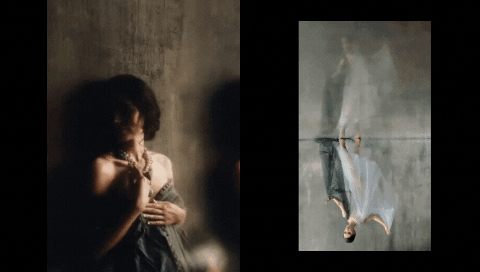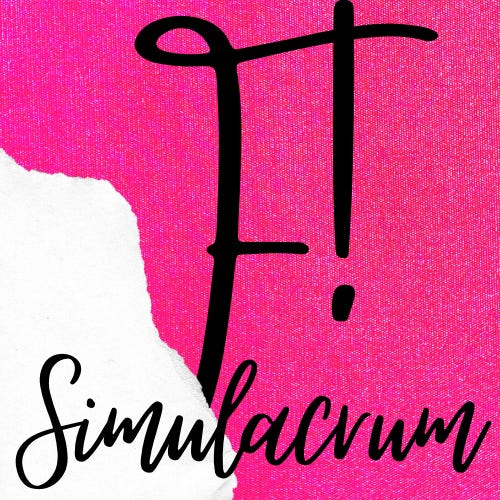In search of Russian style
When you hear “Russian style" or "Russian fashion” what pops up in your mind?
What is Russian style? Is it one of Coco Chanel’s, Karl Lagerfeld’s or Yves Saint Laurent’s collections inspired by the Russian aristocracy or the Ballets Russe? Is it Gosha Rubchinskiy, Vika Gazinskaya and Ulyana Sergeenko that were the star brands of street style fashion? Or is it any of the Russian costumes or theatre - kokoshnik, tsarinas, Anna Pavlova etc? Well, all that have nothing to do with the essence of the term. The first — isn’t by Russians. The second are «born in Russia» wanna-be global brands but they are not authentic in design, and made, in most of the cases, abroad. And the third is Russian, indeed, and authentic but it’s not fashion, it’s history.
So the question stays. Fashion industry in the country is still at the stage of a major start up. The rise of numerous little brands, most of which are based on trends stylization and adaptation, makes it look like a big laboratory with conservative and innovative research groups, that mixing all sorts of stuff and ideas. Eventually it will give birth to a new vision, but for now let’s look at some of those experiments.
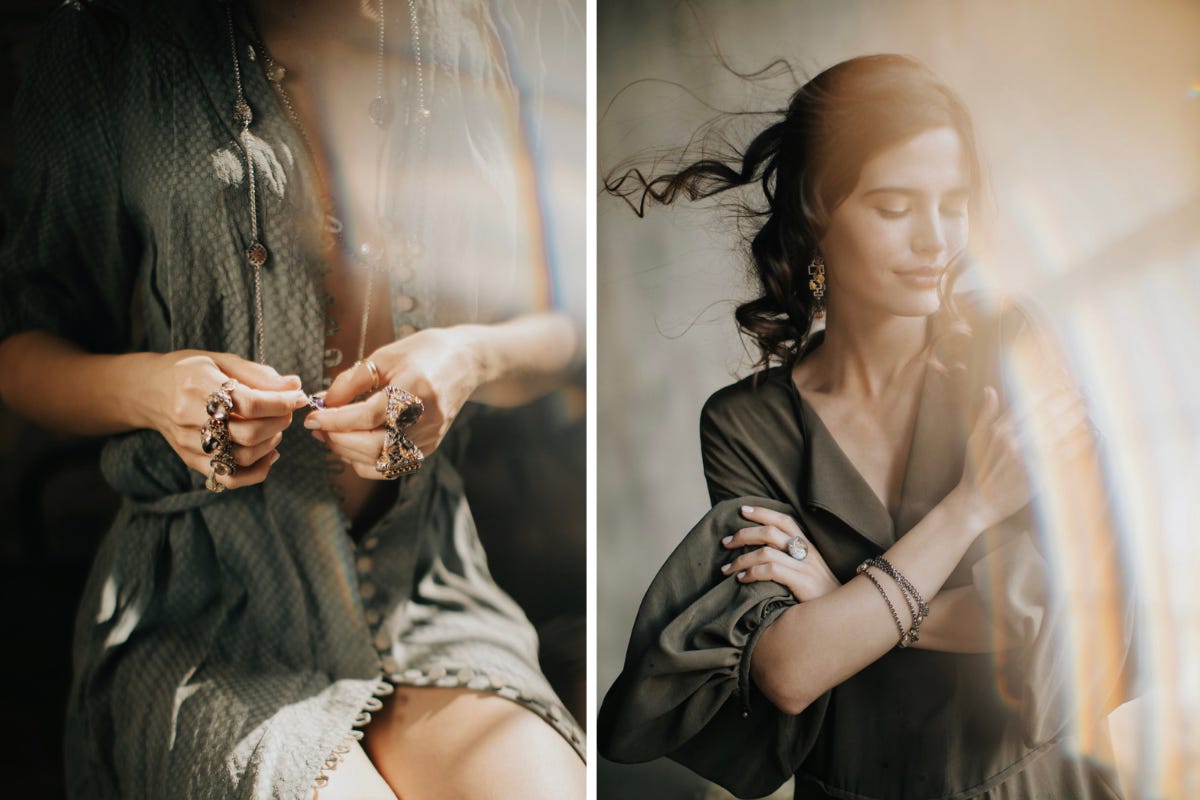
Masha Andrianova
«A French approach to Russian traditions». Masha Andrianova, the founder and designer of the eponymous brand, studied fashion design in Paris, in Atelier Chardon Savard, but her inspiration is deeply connected to her roots and her ancestors. She takes Russian peasants’ historical garments and style of dressing, vintage details and natural textiles, sometimes homemade, as the core for her collections. And her work on them is similar to a scientist’s research. But what she finds in her journeys to Siberian villages, in families' archives and in ethnic, historical museums never ends up as copied and revived past or reconstructed costumes. She takes the sense and uses her own ideas on the cuts and on how to keep the magic but make it wearable and modern. Her design is always minimalistic and logical.
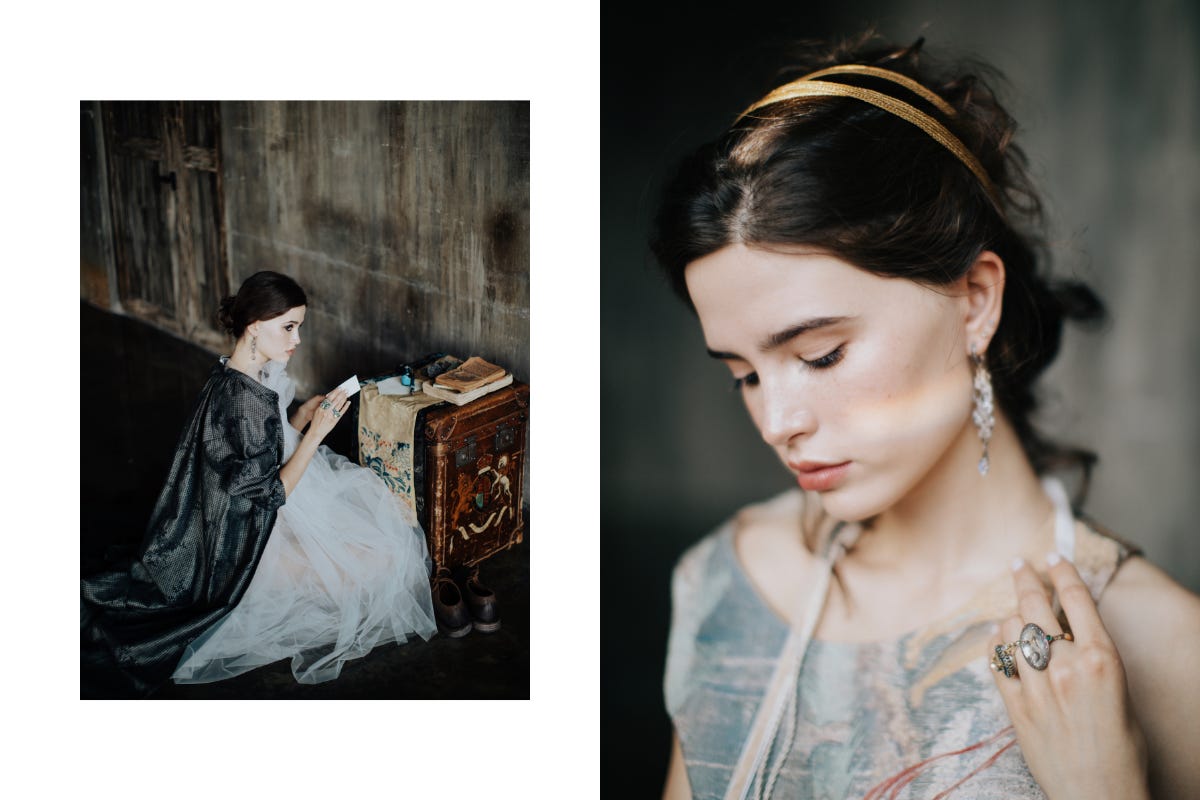
Drasvi Venn
Leather shoes and accessories by Ilia Kuznetsov. 100% handmade which is nothing unique. What is original is the design and the process of leather preparation. It’s like you’ve travelled back in time and bought some new things on a local village market. Though for modern people those things don’t look new and freshly made. It’s hard to tell the particular year of the purchase. It might be from the early XXth c., XVIIIth c. or even XVIth centuries. Basic forms, thick hard leather. There’s some charm in such rustic style. At the same time Ilya chooses timeless models for reconstruction. They were in use centuries ago and might be in use now, quite often for different purposes. For example a khreptug - a bag for horse feeding - looks like a simplified messenger bag; and a hunting pouch - as a women’s crossbody. Some things are masculine, others are unisex. But no one gives a definition there. It’s up to customers to decide what suits them.
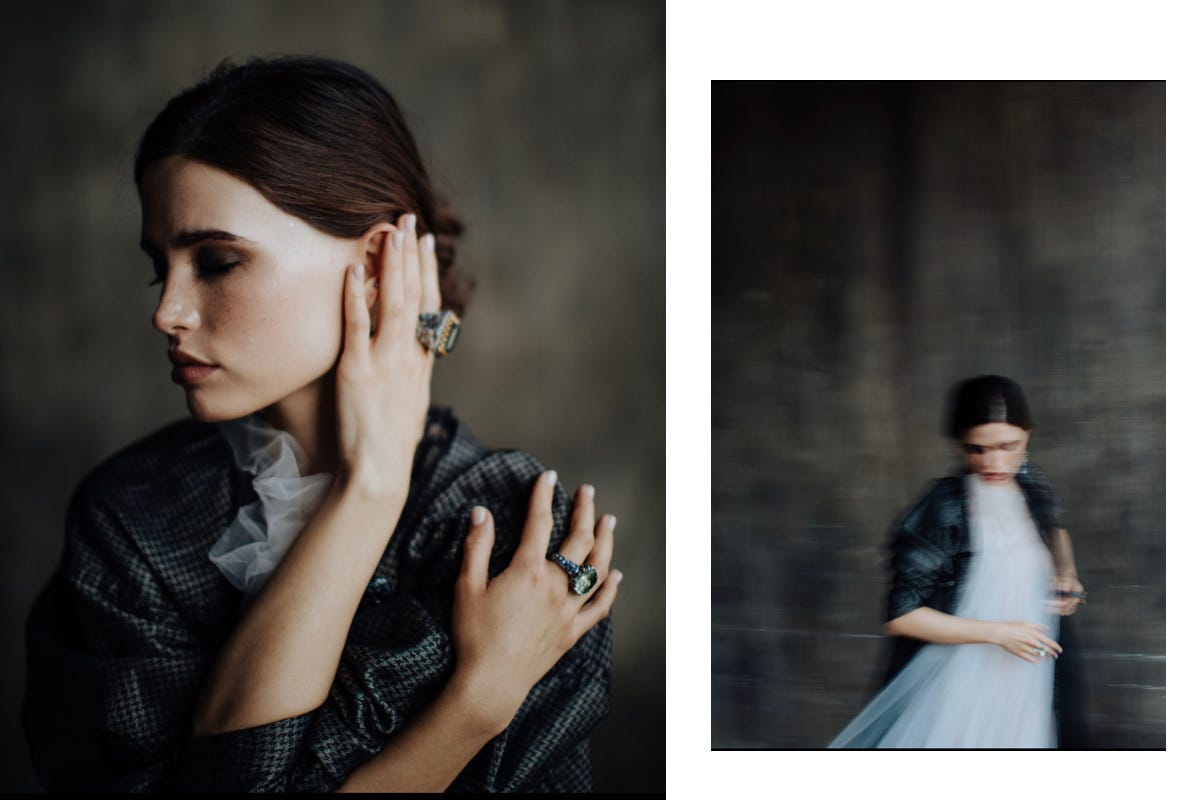
Onsitsa
A young brand founded by Elena Tash, a stylist. It is built around the traditional Russian costume as well, on its evolved version that was in use in the beginning of the XXth century. among simple people. The cuts are historical, with minimum intervention, the maximum attention to the details, with vintage or old styled natural textiles, vintage fittings. The idea is to steal time magic and connect to the charm of the pre-Soviet past. Romantic concept, though garments have nothing to do with ephemeral beauty. It’s solid, sometimes rich, sometimes heavy, but always smart and sophisticated. And unmatching antique buttons on the jacket serve for intellectual pleasure no less than for functionality. No matter the simplicity of forms and cut, they have nothing to do with minimalism and contemporary commercial design.
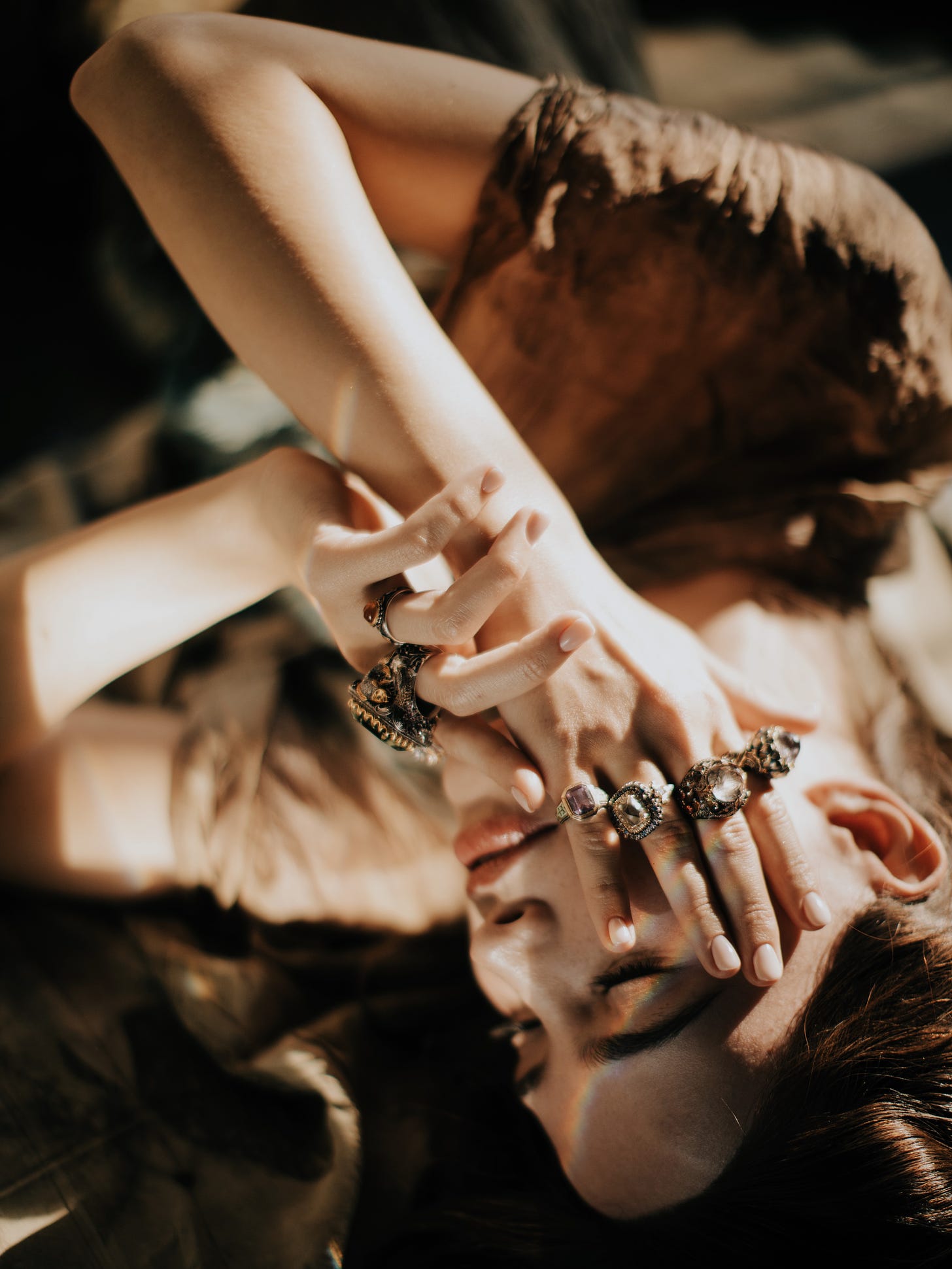
Tint by Anna Altabaeva
Shawls, scarves handmade and hand coloured by 100% natural colourants, mostly herbs. Anna Altabaeva is a person who makes them unique and exceptional. She used to be a stylist for interior and fashion glossy magazines, but she’s also an artist, an illustrator. And apparently a self-educated textile designer. Though the process of creation in her case has more in common with alchemy and magic than with the designer’s usual activities. She collects herbs and looks for particular recipes for each piece of fabric or a fashion garment she’s going to reinvent by colouring. Sometimes you can find actual leaves and stems prints on the shawls, sometimes she prints her own drawings. Dyes and shades are unpredictable and unusual. A 100% sustainable production with haute couture approach to textile accessories.
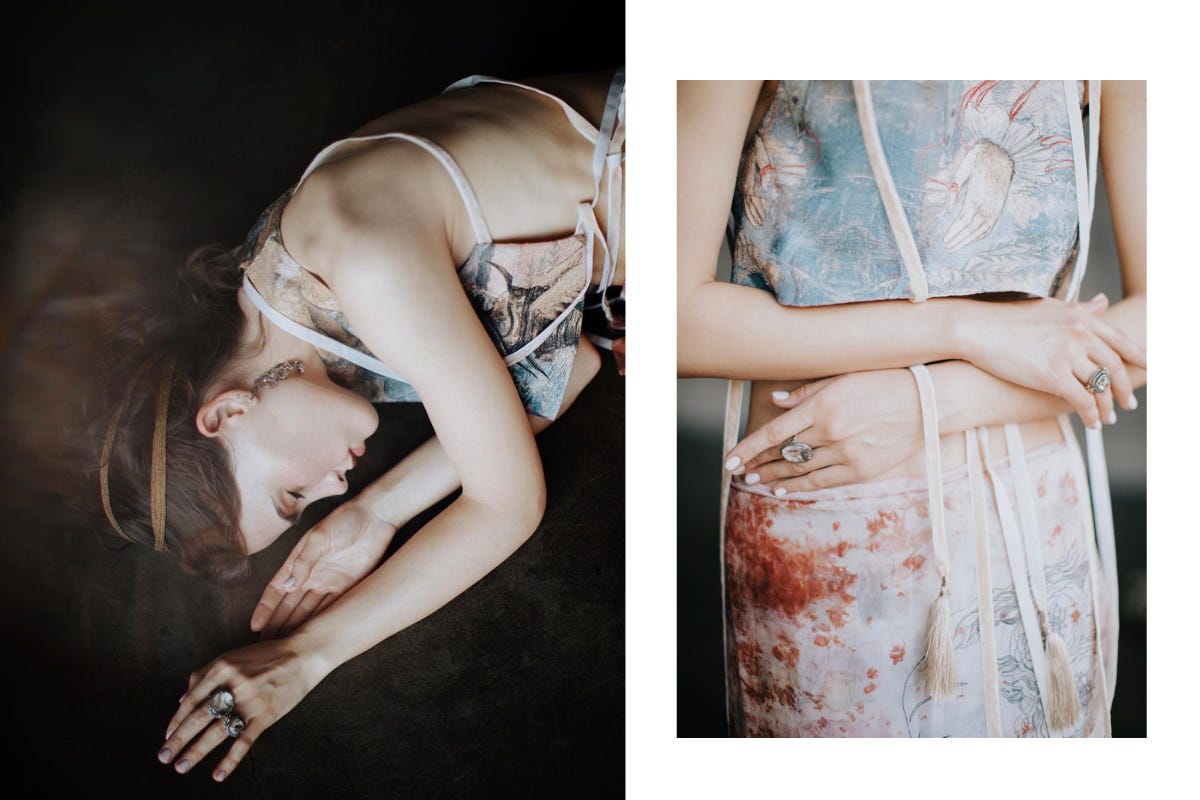
LES by Lesia Paramonova
The brand was founded by Lesia Paramonova, an artist. You can easily see the influence of the artistic approach to the clothes design. It’s always about her prints, embroidery and contrasting textures, sometimes imitated by prints, no matter whether we look at the whole multilayered look or at one particular garment. Paramonova’s work on gobelins is worth mentioning as well. Though forms and shapes are less original, they can be described as classical and feminine. Together with textile design they look fresh — a perfect base for elegant, slightly festive and quite often fairy-tale looks.
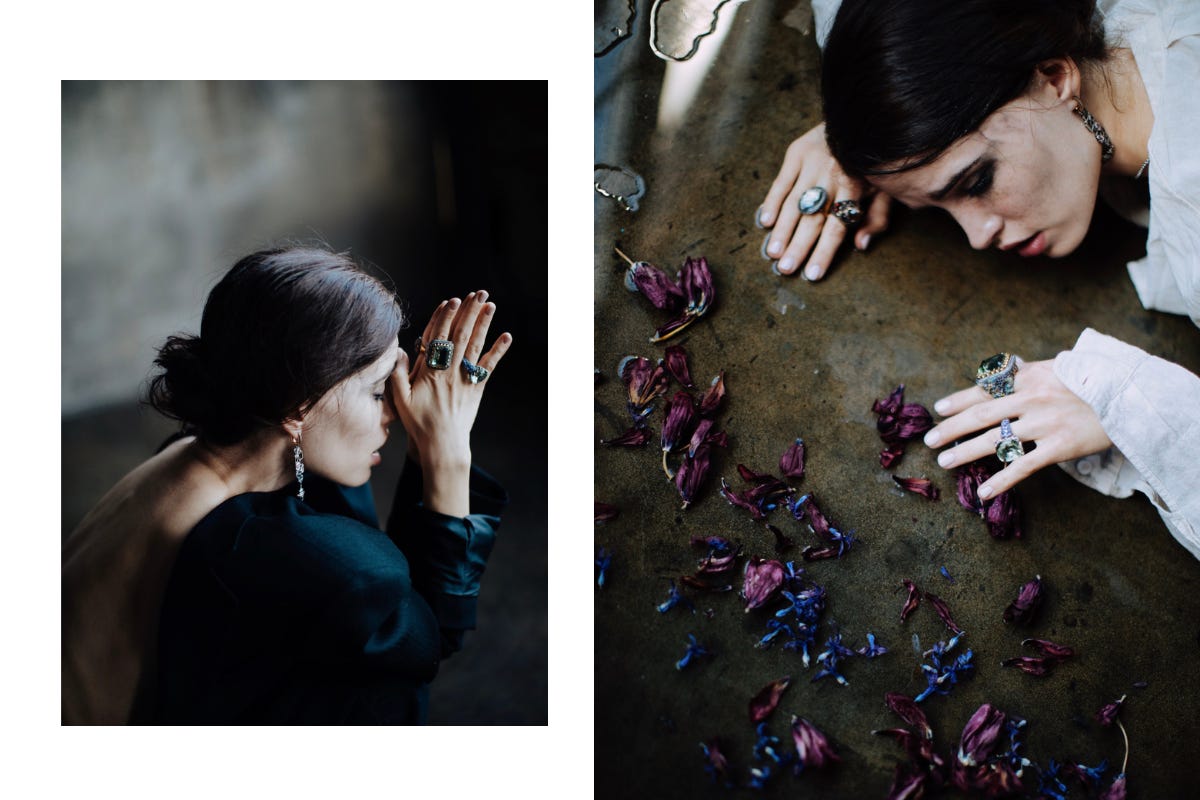
Infundibulum
Ilia Varegin is the designer behind the brand. He used to reconstruct historical costumes, and before that he worked in the IT industry. One day his past and future visions emerged into men’s fashion design. He revives the cuts used in the XIX-XXth centuries, uses natural fabrics (linen, wool, cotton, tweed and felt - for hats) and somehow makes baggy shapes and washed and aged textures ultimately stylish. That was confirmed by attention to the brand’s stand on Pitti Uomo. Basically it’s all about historical silhouettes uplifted to new chic. He called it «the clothes for the metamodern epoch». Sounds sci-fi scary, looks gently nostalgic, feels exquisite.
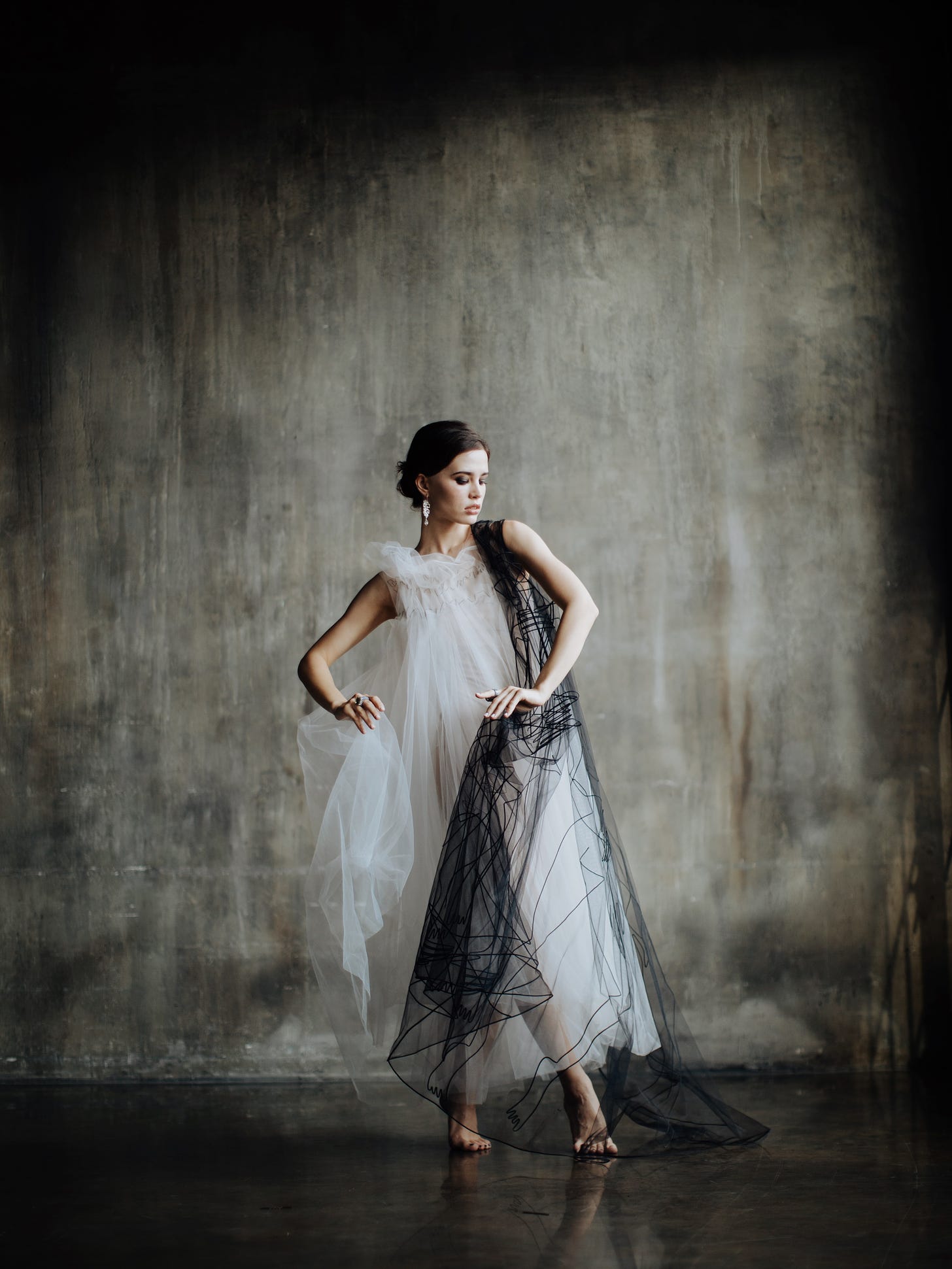
ÓNOMA
Sandra Gutsati and Inna Bodrova, designers of ÓNOMA, are inspired by art. They literally transfer fashion design into artistic experience. Their main feature is embroidery and application on tulle or other transparent textiles. The subjects resemble minimalistic or abstract graphic drawings. And background for them is block coloured underwear or whatever the client wants to wear. So the concept isn’t as impractical as you might think just after looking at the transparent upper gowns. What you get as a result is a moving graphic volume. And because of the simple lines, volume and lightness of textile, those garments turn women into quite contemporary nymphs.
________
PHOTOGRAPHY: Xenie Zasetskaya MODEL: Vlada Erofeeva STYLE: Anna Altabaeva HAIR AND MAKEUP: Tiana Fei
// Published in Fabuk Magazine, Issue 17, 2021
My platforms
Instagram: https://www.instagram.com/zakharova_kaetano
Twitter: https://twitter.com/olga_kaetano
Telegram: https://t.me/f_simulacrum
Tumblr: https://fashionistaru.tumblr.com
If you like F! Simulacrum and want to help make it even better, give me feedback, point out factual errors or typos, or send me news subjects you want to describe. My email: o.zakharova@adlifestudio.ru
Substack says you can now read my F! Simulacrum in the new Substack app for iPhone. And it will be easier and more comfortable.

